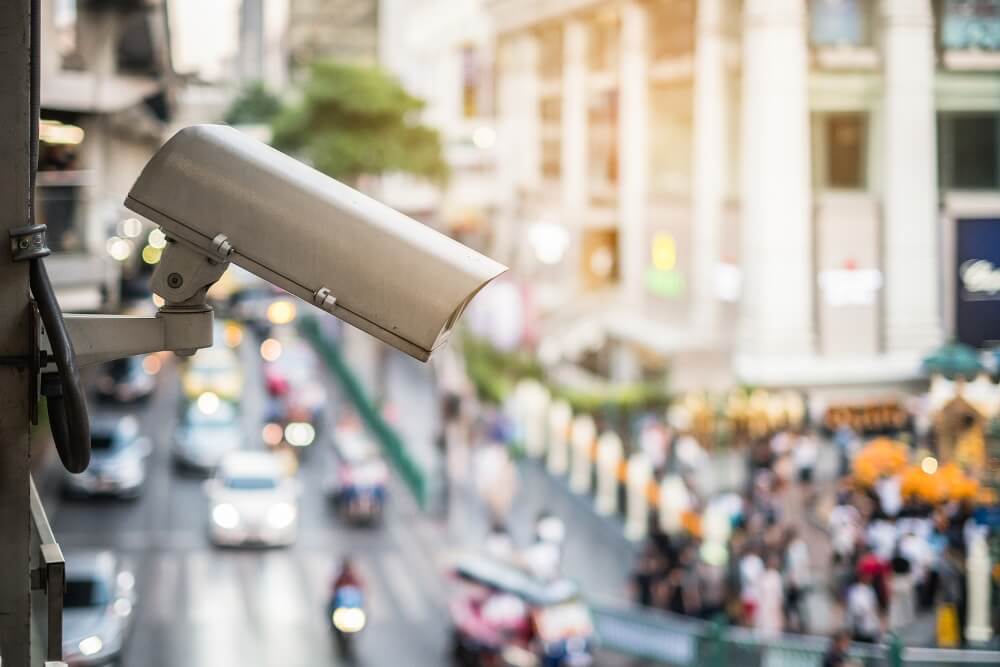Every day across the state, pedestrians, cyclists and motorists are struck and abandoned by drivers who vanish. Victims are left broken and bleeding while justice slips away in the taillights. These are not isolated tragedies—they are the predictable result of a broken system that guarantees impunity. With tens of thousands of hit-and-run cases going unsolved each year, California isn’t just grappling with a traffic problem—it’s staring down a full-blown justice crisis.
Hit-and-runs are not accidents—they are preventable crimes enabled by legal loopholes, systemic neglect, and a stunning lack of urgency.
The Human Toll of Hit-and-Runs
Hit-and-run incidents are among the most traumatic and cowardly of crimes. In the case of Neelam Shinde, a 35-year-old postgraduate student in California was hit by a car. Visiting on a short-term visa, she had just stepped out of her rideshare in Torrance when she was struck. Her situation became even more precarious, and she had no immediate family in the country
A 19-year-old in Redwood City in the Bay Area reported being the victim of a hit-and-run on March 2, 2025, but instead of following police instructions to stop, he chased the other driver at high speeds. Despite officers obtaining the suspect’s license plate, the teen continued the pursuit, disregarding traffic laws. When the original driver stopped near pedestrians, the teen drove toward the crowd, striking multiple people. At least two adults sustained serious injuries and were hospitalized. The teen was arrested and charged with four counts of assault with a deadly weapon, and the incident remains under investigation.
Beyond the visible wounds, these crimes’ emotional and financial impact is staggering. Medical costs for accidents with motor vehicle involvement average $153,503 per pedestrian killed or injured and $47,280 per survivor. Many victims, like Shinde, are uninsured or underinsured, forced to navigate complex systems with little assistance.
Worse, the fear that justice will never come haunts victims and families long after physical recovery. The National Highway Traffic Safety Administration (NHTSA) has consistently reported that pedestrian deaths from hit-and-runs have increased by nearly 20% over the past decade, especially in urban areas like Los Angeles and San Francisco.
The Justice Gap in Hit-and-Run Cases
With roughly 40,000 hit-and-run crashes yearly and only 1 in 5 cases solved, tens of thousands of drivers are escaping justice every single year.
Why? The reasons are as infuriating as they are systemic. Hit-and-run drivers often flee before witnesses can identify them. Many drive stolen vehicles or remove plates. Even with video, if the plate isn’t visible or there is no good facial image, there’s almost nothing the police can do without public tips or advanced tech.
Weak laws make the problem worse. Under California Vehicle Code Section 20001, felony hit-and-run carries a maximum sentence of four years in state prison—but only if someone is seriously injured or killed. In practice, most drivers who are eventually caught receive probation or plea deals, especially if they turn themselves in later (ironically reducing penalties).
Compare this to states like Florida or New York, where mandatory minimum sentences are enforced with 4 years minimum in Florida and automatic felony charges in New York. In both of these states, specific funding is allocated to hit-and-run task forces.
Legal Challenges for Victims
For victims like Neelam Shinde, the situation is doubly difficult. Foreign nationals face legal confusion when claiming insurance benefits or pursuing legal action. U.S. law requires them to have certain visa statuses to receive coverage, and many insurance companies exploit these gaps to deny claims.
Even in cases where drivers are caught, judges often have discretion to grant probation under California Penal Code § 1203, especially if the suspect turns themselves in voluntarily. This provision allows courts to suspend prison sentences in favor of supervised release, which means that even serious offenses—like felony hit-and-runs involving injury—can result in minimal or no jail time. While intended to promote rehabilitation, this discretion has led to frustration among victims and advocates who feel that leniency in such cases undermines accountability and fails to reflect the gravity of the crime.
In theory, victims may apply for financial assistance through California’s Victim Compensation Program, as outlined in Government Code § 13950. However, in practice, access to this support can be confusing, limited, or denied, particularly for immigrants or those without stable residency status.
Personal injury attorneys play a crucial role in helping hit-and-run victims get compensation and justice. When law enforcement investigations stall or suspects remain unidentified, attorneys can pursue civil claims against third parties, such as vehicle owners, city agencies for road design flaws, or uninsured motorist coverage through the victim’s policy. They also assist with negotiating hospital bills, accessing insurance benefits, and filing lawsuits when criminal charges are not pursued. For international victims like Neelam Shinde, legal advocates are often the only bridge between a broken system and any semblance of accountability. In a justice gap this wide, skilled legal representation is often the victim’s only chance for recovery—both financial and emotional.
The Role of Technology in Solving Hit-and-Runs
As hit-and-run cases overwhelm local law enforcement, technology is emerging as a critical—if underutilized—tool in identifying offenders and increasing solve rates. In California, where police departments often face resource shortages and rely on public tips, AI-powered solutions like license plate recognition (LPR) systems, traffic cameras, and innovative video analytics could radically transform how these crimes are investigated.
LPR systems, such as those offered by Flock Safety, automatically capture license plates and vehicle characteristics in real time, storing data securely for law enforcement access. Additionally, AI video analysis tools can sift through hours of traffic footage in minutes, detecting anomalies like sudden deceleration or vehicles fleeing accident scenes. When combined with traffic camera networks, this technology can flag suspect cars and track them across jurisdictions. It is especially valuable for crimes like hit-and-runs that often span multiple city blocks or counties. However, the growing use of surveillance tech raises significant privacy concerns. Critics argue that these tools could become mass surveillance tools without strict oversight. Just because technology can track us doesn’t mean it always should.
That said, cities implementing these systems with privacy protections have seen real benefits. In Conroe, Texas, authorities utilized a combination of an Uber driver’s dash cam footage and data from Flock Safety’s automated license plate reader (ALPR) cameras to identify and arrest a hit-and-run suspect. The Uber driver’s dash cam captured critical evidence, while the Flock Safety cameras provided additional vehicle details, leading to the suspect’s apprehension.
Between March 2021 and March 2023, the Cobb County Police Department in Georgia reported solving all 62 homicide cases, attributing this 100% clearance rate partly to the implementation of Flock Safety cameras.
A Call to Action for Policymakers and the Public
California has made bold moves before. Seatbelt laws, distracted driving campaigns, and DUI crackdowns were once seen as radical. Now, they’re standard. It’s time for lawmakers to treat hit-and-run crimes with the same seriousness.
The public must also act. Witnesses should feel empowered and protected to come forward. Community members can support tech deployments, demand policy reforms, and hold their representatives accountable. Victims should not be expected to fight alone.
The heartbreaking stories of the Bay Area teen and Neelam Shinde are not anomalies but symptoms of a broken system. In a state with 40 million residents, tens of thousands of hit-and-run drivers walk free each year while victims suffer in silence. It’s not just a traffic issue; it’s a justice crisis.
It’s time to stop treating hit-and-runs as background noise and treat them like the urgent, solvable crimes they are.










